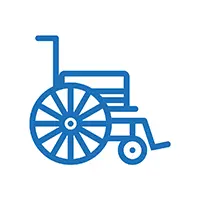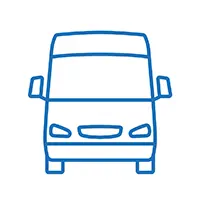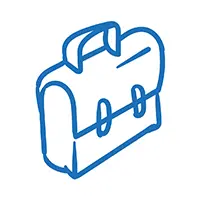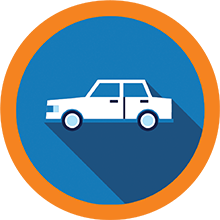Your disability or medical condition may mean that you need to have your vehicle modified so you can drive in safety and comfort.
A vehicle modification involves making changes to a vehicle to make it possible to drive or travel safely as a passenger if you have an impairment or disability.
Funding for vehicle modifications
List of vehicle technicians across Aotearoa who complete vehicle modifications (external link)
Who gets their vehicle modified?
People who have an impairment in some or all their limbs may get a vehicle modified. This allows them to be independent and use a vehicle.
These are some examples of when a person might get a vehicle modification:
- If they want to drive but can't operate the pedals due to lower-body impairment.
- If they are in a wheelchair and can't access the vehicle through a regular door.
- If they have impairment in their arms and can't use the standard hand controls.
Types of modifications
To see what vehicles modifications look like, watch our video featuring Kevin O'Leary, an occupational therapist and vehicle modifications expert.
Just as every person is unique, each vehicle modification is also different. There is no standard vehicle modification because every disabled person has different requirements.
But there are some common modifications. These include:
- hand controls
- left-foot accelerators
- wheelchair stowage equipment
- handbrake devices
- hoists and ramps.
Most modifications are for people who either need to drive the vehicle, or travel as a passenger.
What does an occupational therapist do during an assessment?
When an occupational therapist does an assessment, they will establish what the person needs help to do when using a vehicle.
“Whatever we do, it’s got to be done in a way that means the person is safe. That their driving is safe, or their travelling as a passenger is safe,” says Kevin.
“If the person’s driving, where do they need to be sitting to steer? Where are their legs in relationship to the pedals on the floor that they’re not going to be using? And then, where does the hand control need to go in relation to where they are sitting to steer?”
If someone needs to travel in a wheelchair, one of the main considerations is making sure the modifications are compatible with the wheelchair.
Kevin says other aspects such as the person’s height and weight must also be considered. This ensures the right-sized vehicle is chosen.
The cost of vehicle modifications
The cost of vehicle modifications depends on how complex the modification is.
Fitting out a vehicle with a hoist and restraint systems can cost more than $20,000.
But simpler modifications, such as adding hand controls, are much cheaper.
Kevin says as vehicles become more sophisticated, the cost of vehicle modifications could decrease.
“Technology’s really good in the vehicles. Stuff like keyless entry, remote ignition, push-button start, and electric park brakes. It just means if you’ve got a high level of injury or disability, and you have less ability to access secondary controls, the more features in the vehicle, the easier it is to drive.
“So, these modern vehicles with the drive assist technology will, in the next five years, flow through into the second-hand market, which will give availability.
Are there any restrictions to what can be carried out?
To ensure that modifications are carried out safely and to a high standard, the Waka Kotahi NZ Transport Agency has some rules about vehicle modifications. There are guidelines about:
- what modifications can be made to private vehicles
- inspection and certifications required for certain modifications
- who can carry out modifications.
Visit the Waka Kotahi website for more information about disabilities and driving (external link)
Can my vehicle be modified?
Depending on the nature of your impairment, you may be eligible for funding for vehicle modifications through ACC, the Ministry of Health, or Veterans’ Affairs. .
You will need to have an assessment carried out to see if you are eligible.
Find out more about funding for vehicle modifications
How can I get an assessment?
Waka Kotahi NZ Transport Agency recommends that if you have a physical disability it is beneficial to get advice from an Occupational Therapist (OT).
the OT must be trained in driver, passenger, and vehicle assessments.
The OT can:
- Test your driving ability.
- Give advice on the controls and adaptations you need for access, seating and to drive safely and in comfort.
- Evaluate your muscle strength and range of movement.
For a referral to an OT, talk to your doctor or health professional, District Health Board, or Needs Assessment and Service Coordination (NASC) team.
What type of vehicle aids could help me?
Equipment is available to help you or your passenger get in and out of a car more easily and safely.
Types of equipment available include:
- transfer boards
- portable ramps
- leg lifters
- car handy bars
- swivel cushions
We recommend that you talk to an Occupational Therapist or Physiotherapist before you buy equipment.
Confirm you’re medically fit to drive
You need to confirm that you are medically fit each time you apply for, renew, or replace your driver licence.
If you have a disability or medical condition you may have to:
- present a medical or eyesight certificate
- have a medical driving assessment.
For a full list of disabilities or medical conditions that may affect your ability to drive safely visit the Waka Kotahi NZ Transport Agency website.
Information about medical requirements for driver licences (external link)
Last updated on Thursday, 14 March 2024














